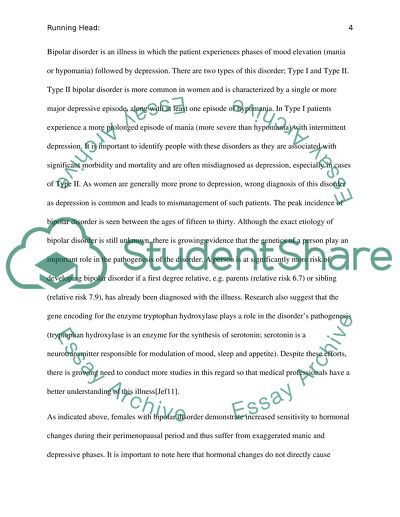Cite this document
(“Middle Aged Women and Bipolar Disorder Research Paper”, n.d.)
Middle Aged Women and Bipolar Disorder Research Paper. Retrieved from https://studentshare.org/psychology/1437007-middle-aged-women-and-bipolar-disorder
Middle Aged Women and Bipolar Disorder Research Paper. Retrieved from https://studentshare.org/psychology/1437007-middle-aged-women-and-bipolar-disorder
(Middle Aged Women and Bipolar Disorder Research Paper)
Middle Aged Women and Bipolar Disorder Research Paper. https://studentshare.org/psychology/1437007-middle-aged-women-and-bipolar-disorder.
Middle Aged Women and Bipolar Disorder Research Paper. https://studentshare.org/psychology/1437007-middle-aged-women-and-bipolar-disorder.
“Middle Aged Women and Bipolar Disorder Research Paper”, n.d. https://studentshare.org/psychology/1437007-middle-aged-women-and-bipolar-disorder.


